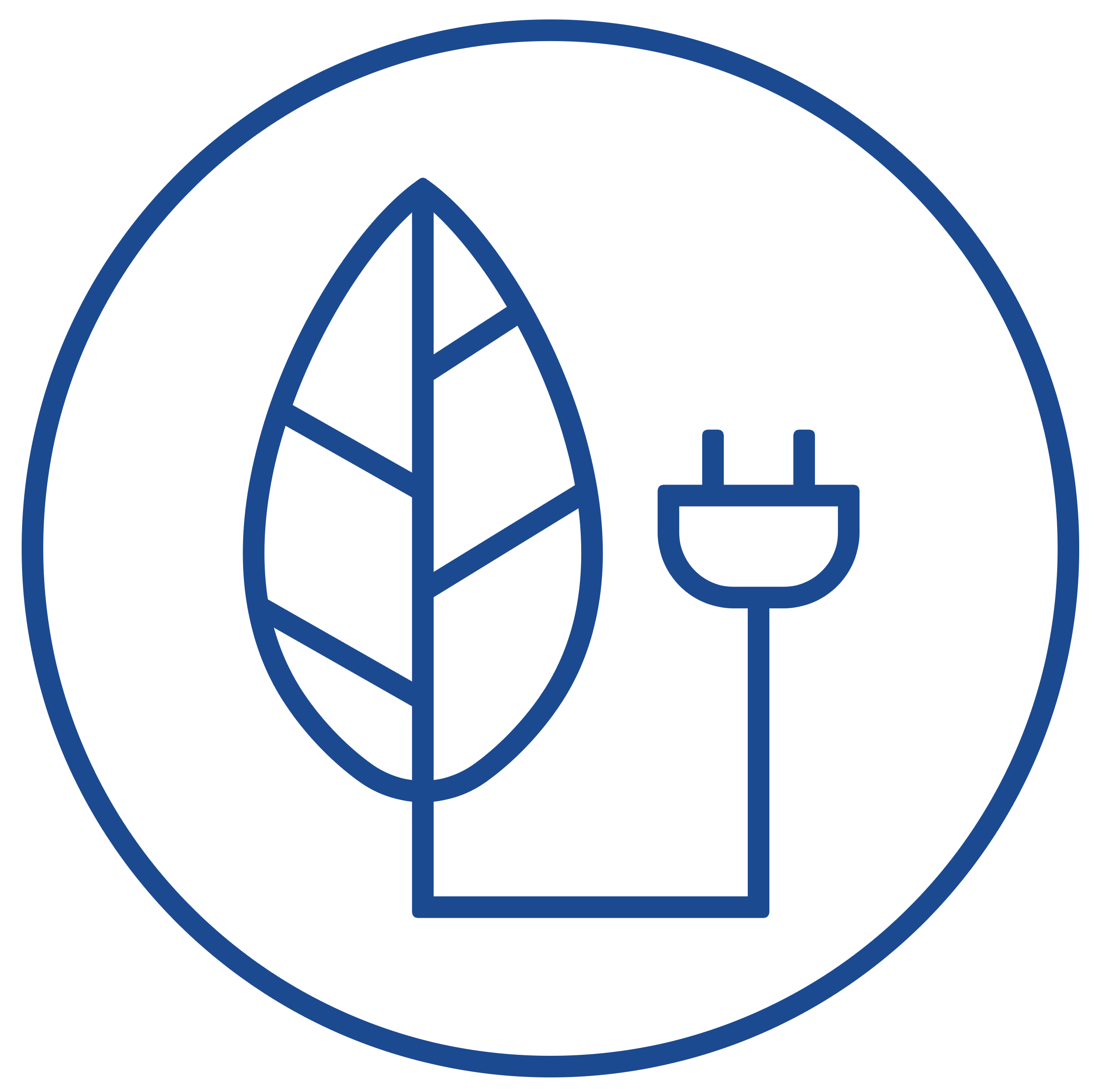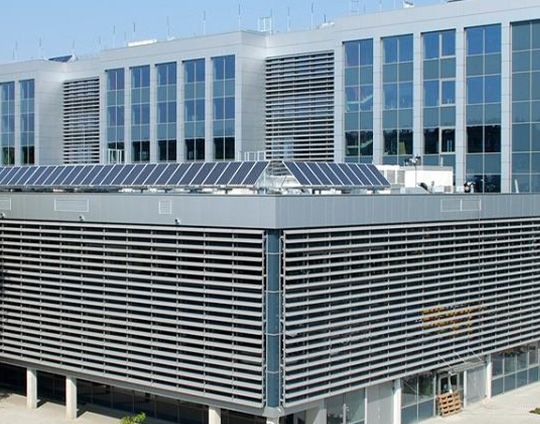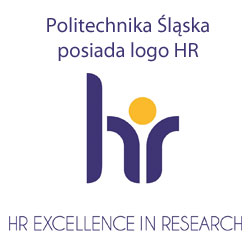Start - Aktualnosci
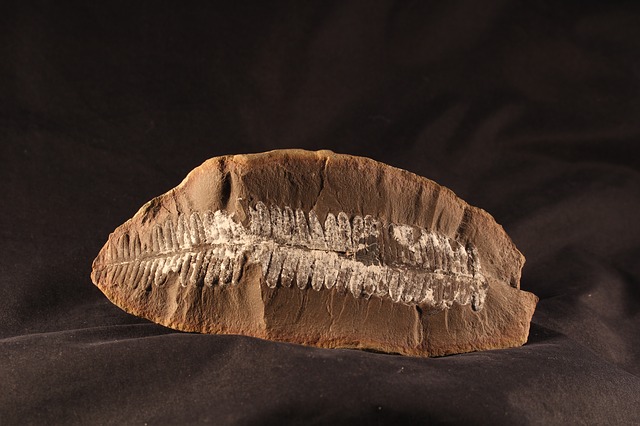
POB6. Spotkanie z cyklu „Gość Specjalny”. 30.03.2022, godz. 14:00. "Continental paleoclimatology and soil sciences from the isotopes point of view".
Szanowni Państwo,
Serdecznie zapraszamy na kolejne spotkanie z cyklu POB6 Gość Specjalny, które odbędzie się 30. marca o godz. 14:00 (on-line). Tym razem wystąpi przed nami Dr. Christine HATTÉ zatrudniona w Politechnice Śląskiej w Instytucie Fizyki CN-D. Tytuł referatu: "Continental paleoclimatology and soil sciences from the isotopes point of view".
Seminarium będzie prowadzone w języku angielskim.
Osoby chcące wziąć udział w spotkaniu, proszę o kontakt mailowy: sebastian.werle(a)polsl.pl
Poniżej krótkie streszczenie referatu oraz informacja biograficzna o naszym gościu.
Christine Hatté is chemist and geologist. She was recruited by the French Agency for Atomic Agency and Alternative Energies (CEA) to join the Laboratory of Climate and Environment Sciences (LSCE) in Gif-sur-Yvette, south of Paris and was visiting scientist at the NSF-Arizona-AMS-Lab of the University of Arizona, Tucson, AZ. Currently, she is the head of the LSCE 14C geochronology research group and she has joined the SUT as Associate Professor since December 2021 (room 210) where she expects fruitful collaborations!
Her research topics are, mainly, paleoclimatology and soil sciences.
She has developed new research in continental paleoclimatology to draw patterns of past atmospheric circulation over Western Europe based on stable isotope on loess organic matter and thus to assess the impact of past climatic changes on the European continent. She demonstrated that d13Corg is a proxy of paleo precipitation and designed an inverse modelling approach to quantify past precipitation. She applied this method on several European loess sequences and showed that the Balkans was a pivotal location in the geography of annual precipitation distribution.
She is also heavily involved in soil sciences and agronomic practices using carbon isotopes as tool to assess soil carbon dynamics. Two ways of analysis were followed: a mathematical investigation of published data and a proposal for the assessment of agronomic practices. Based on statistical approaches (frequentist and Bayesian), the potential factors affecting 14C profiles with depth and thus carbon dynamics have been ranked. This makes it possible to assess global warming on soils, carbon stock and CO2 emission. Continuing Balesdent's approach, she develops a 14C and 13C-based approach to soil organic matter to evaluate the suitability of agricultural practices to store carbon in soils in a sustainable manner and thus contribute to limiting global warming.
Besides these major topics, she is also involved in archaeology and cultural heritage sciences. She has joined the SUT as Associate Professor since December 2021 (room 210) and she's looking to fruitful collaborations!
Seminar topics
"This seminar will be an opportunity to present my two main scientific themes, to share with your ideas of collaboration, to exchange on other ideas too.
In paleoclimatology, I have not yet had the opportunity to publish all the isotopic data that have been acquired on loess sequences and especially their interpretation in terms of past climate. I would like to discuss with you the reasons for the fluctuations in the isotopic records and, thanks to a larger paleoclimatic contextualization, the climatic implications that follow. To do this, I will first present the scientific results we have already acquired and then show you the data that remain to be valorised.
In soil sciences, I would also like to illustrate with concrete examples how carbon isotopes can be used to disentangle "real good" ideas from "false good" ideas in terms of agronomic practices. How an agronomic practice can give the illusion of increased carbon storage and in the end turn out to be a source of carbon over time. I will also present preliminary work initiated to link the carbon and nitrogen cycles. From these examples, perhaps we can develop a new area of research on sustainable development within SUT?
I will end up with one slide on archaeology and heritage sciences."
Aktualności
Pokaż wszystkie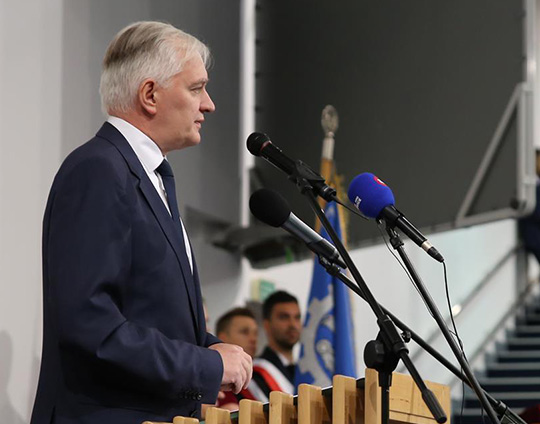
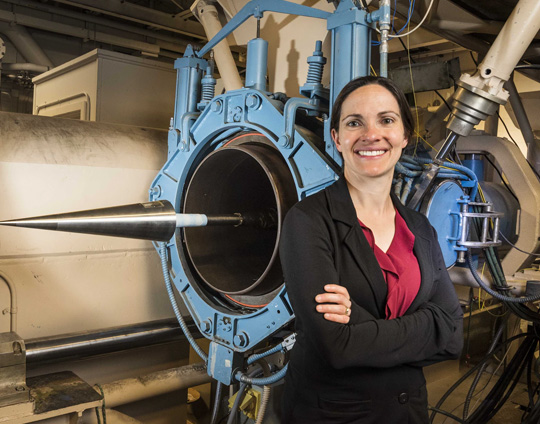
Więcej aktualności Mniej aktualności




